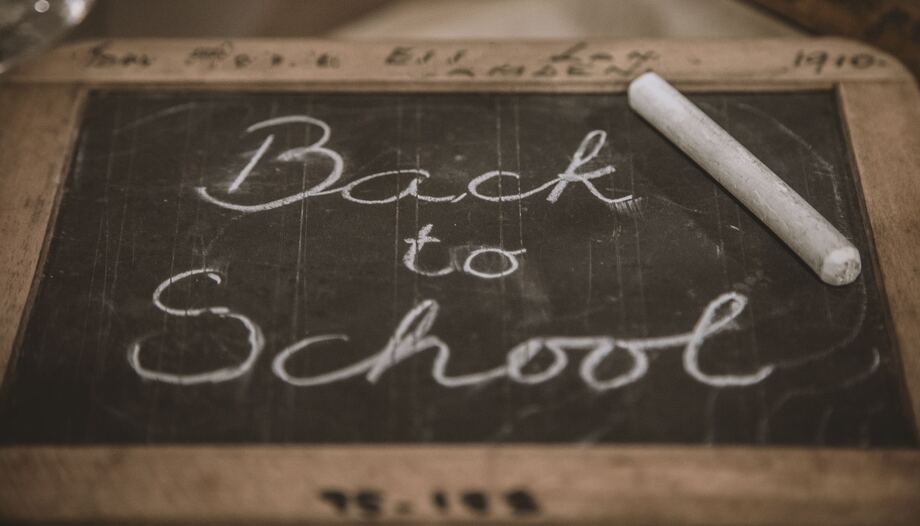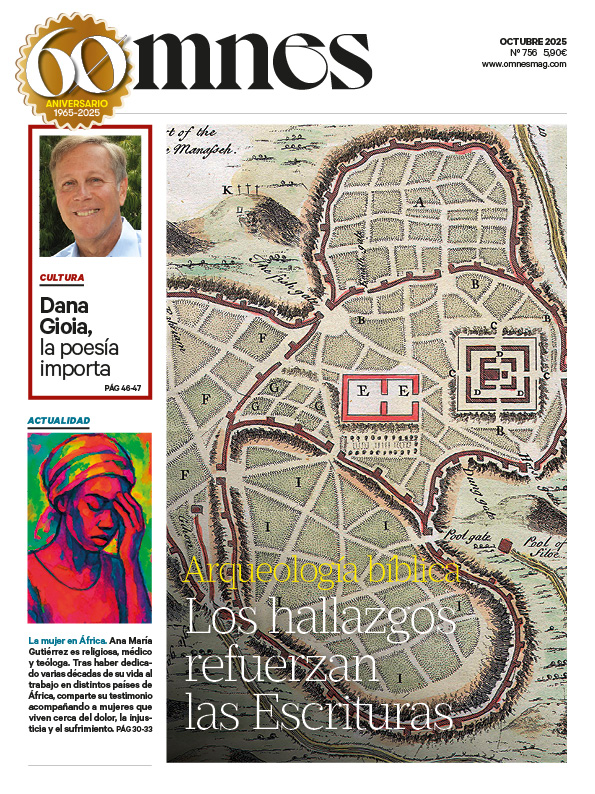August marks the beginning of the academic year in the United States. Public and private elementary, middle and high schools return to the classroom, beginning a new school year. Catholic schools are no exception. There are 5,920 elementary and high schools in the country with 1,700,000 students. Likewise, there are more than 200 Catholic universities attended by approximately 700,000 students. The oldest is Georgetown University in Washington D.C., founded by the Jesuits in 1789.
In the country, many elementary and middle schools are "parochial schools" that were born as an integral part of the parish community and are part of the parish; others are administered by religious congregations dedicated to education. These institutions stand out for the Christian faith and principles they transmit to their students: Christian morals, respect, service and self-discipline. These are not irrelevant issues, especially in the environment of public schools, places where ideas contrary to faith such as gender ideology or abortion are instilled in students. Another element for which Catholic institutions stand out is academic excellence and innovation.
In recent years, some Catholic institutions have initiated programs to be at the forefront of science and the humanities so that students can get an early introduction to science and the humanities. university or at least arrive with a solid foundation. According to the National Assessment of Educational Progress (NAEP), in 2021, Catholic elementary school students performed better in reading and math compared to public schools. Likewise, the high school graduation rate is 99%. 85% of graduates attend college. Catholic educational institutions incorporate faith, culture and life into their curricula. It is a scheme in which students, parents, teachers and administrators are involved and participate in the process. The faculty carries out their profession as a service to God, the church and their community.
Catholic schools in Los Angeles
One of the places where thousands of students returned to the classroom was in the Catholic schools of Los Angeles. On August 14, 68,000 students began classes in the Archdiocese's 250 elementary and secondary schools. This school year brings good news: enrollment has increased and innovative teaching programs continue. Paul Escala, Principal and Superintendent of these institutions said: "We are excited because after the end of the pandemic, enrollment has increased in the last two years. This increase is the largest in 30 years". Likewise, three very innovative programs continue with good results: the "STEM Network", that is, schools with programs oriented to science, technology, engineering and mathematics (STEM); the bilingual immersion program with a dual education system, English-Spanish and Mandarin English; and also micro-school programs, which as their name indicates, are institutions with a community of less than 100 people.
Paul Escala also expressed his gratitude to the philanthropic community that financially supports the schools and makes it possible for thousands of students to attend Catholic institutions. Unlike other educational systems in the world, Catholic elementary and secondary schools in the United States do not receive direct public funding from the federal government. They are financially autonomous; however, there are some states that have financial aid programs whose operation and eligibility vary from jurisdiction to jurisdiction. These include tuition vouchers, in which families with children in Catholic schools receive financial aid, and tax credits, in which the state provides tax incentives to taxpayers and educational institutions to provide scholarships to students who need them. Not all states have these incentives for Catholic education, as is the case of California.
To learn more about Catholic schools, Omnes interviewed Erick Ruvalcaba, head of Catholic mission and identity for the Catholic schools of the Catholic schools in Los Angeles.
Do Catholic schools in California receive any state or federal support, e.g., voucher or tax credit programs?
- No. Even though public schools are supported by the taxes we all pay, we don't have that benefit here. I am a parent and I have children in Catholic schools. I pay taxes to subsidize public educational institutions. However, I have to make a sacrifice to pay my children's tuition. But it is worth it because in public schools my children will not receive what we give them here: Christian values and principles based on faith.
What are the advantages of a Catholic school versus a public school?
- Christ is the center of the educational experience in our schools. We form leaders with Christian values. Our teachers transmit this Catholic identity to their students. God is at the center of everything we do. Faith is integrated into our daily activities, for example, in the Masses throughout the year, the prayer we initiate before any event, academic or athletic. We believe that schools are an instrument of evangelization for the church. The sacraments give foundation to our work and students have access to them. Parents enroll their children for the spiritual values we offer, but also for the excellent academic preparation. Public schools do not practice Christian faith and values.
In Los Angeles and other dioceses there are schools that focus their teaching around "STEM" subjects. What do these programs consist of?
- We have seven schools that are part of the STEM Network. These schools provide a holistic education that integrates mathematics, science and technology applied to the problems of daily life into the learning system. We also have ten schools that belong to the Dual Language Immersion Program. There is Mandarin (Chinese) and Spanish. In these programs, children are educated to read, write and master academic content in two languages, in addition to fostering a strong moral character based on the traditions of the Church. And finally we have 3 schools in the "Micro Schools Network". These are institutions with a small community of up to 90 students focused on learning on a personal level.
We know that there is a Catholic Education Foundation, which in the 2021-2022 cycle granted 13 million dollars to benefit more than 10,000 students. How can families benefit from a scholarship?
- One out of every six children in our schools has scholarships. Likewise, families can apply for the scholarship at the school where they wish to enroll their children and depending on their financial situation they will receive support. Each school has its own financial aid program. Parents can contact school administrators to find out specifically what support is available. But money should not be a problem to enroll children in Catholic school.
In January 2023, on the occasion of Catholic Schools Week, which is celebrated every year in the United States, Bishop Robert Barron noted, "We live in a society where a materialistic and secular philosophy reigns." "That is why I am convinced that especially now it is necessary to inculcate the Catholic ethos. The Catholic schools I attended (from elementary to college) gave me the opportunity to attend Mass, sacraments, religion classes, all enriched by the presence of priests and nuns. But perhaps the most important thing was the way in which those schools integrated faith and reason into the educational process."







